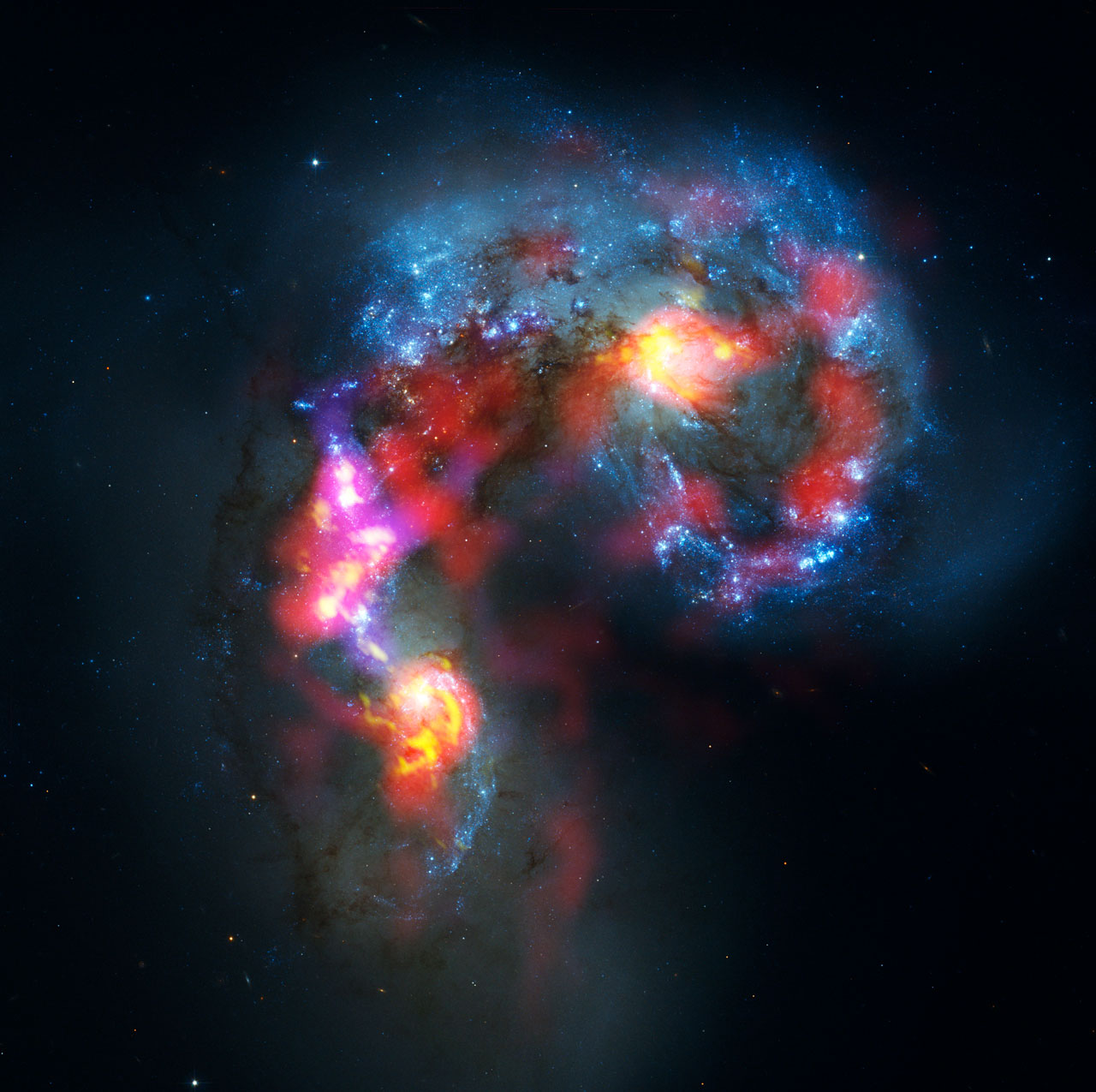Terms of use | Contact us
Copyright © 2009-2023 IRAM. All rights reserved.
YOU ARE ON THE LEGACY WEBSITE OF IRAM. YOU WILL FIND THE CURRENT WEBSITE HERE.
News
IRAM ARC Node: Kick-off for ALMA Early Science Observations
October 14, 2011
ALMA scientific operations have begun on September 30th 2011, when the array started to observe the high-priority projects selected after the Cycle 0 call for proposals. This is obviously an important milestone in the deployment of this major instrument, built by a world-wide collaboration (see also the ESO press release or the French CNRS press release).
ALMA scientific operations have begun on September 30th 2011, when the array started to observe the high-priority projects selected after the Cycle 0 call for proposals. This is obviously an important milestone in the deployment of this major instrument, built by a world-wide collaboration (see also the ESO press release or the French CNRS press release).
Since the origin of this project in Europe, IRAM has been deeply involved in the ALMA design and construction. Some of the main recent or current contributions of the institute to ALMA include:
 |
|
Antennae Galaxies composite of ALMA and Hubble observations. Credits:ALMA (ESO/NAOJ/NRAO). Visible light image: the NASA/ESA Hubble Space Telescope. |
- The Band 7 cartridges (275-373~GHz). These are identical to the Plateau de Bure and Pico Veleta band 4 receivers. As of today, more than 50 cartridges have been delivered to ESO and ALMA. The Band 7 is the most requested band, both in the proposals ALMA received and in the projects that have been selected for Cycle 0, showing the high interest of the community for this frequency band.
- The Telescope Calibration software, which is responsible for the real time antennas and array calibration. This is a key element for the scientific commissioning and operations of ALMA.
- Participation to the ALMA commissioning: several IRAM astronomers have been involved in the commissioning and science verification of the array and have spent several months in Chile to work with the ALMA staff.
- IRAM also hosts one of the nodes of the European ALMA Regional Centre (ARC). The ARC provides the interface between the ALMA project and the science community. The ARC nodes are more specifically in charge of providing support to the users in the preparation of ALMA observations and in the data processing and analysis.
Web site of the IRAM ARC NODE




